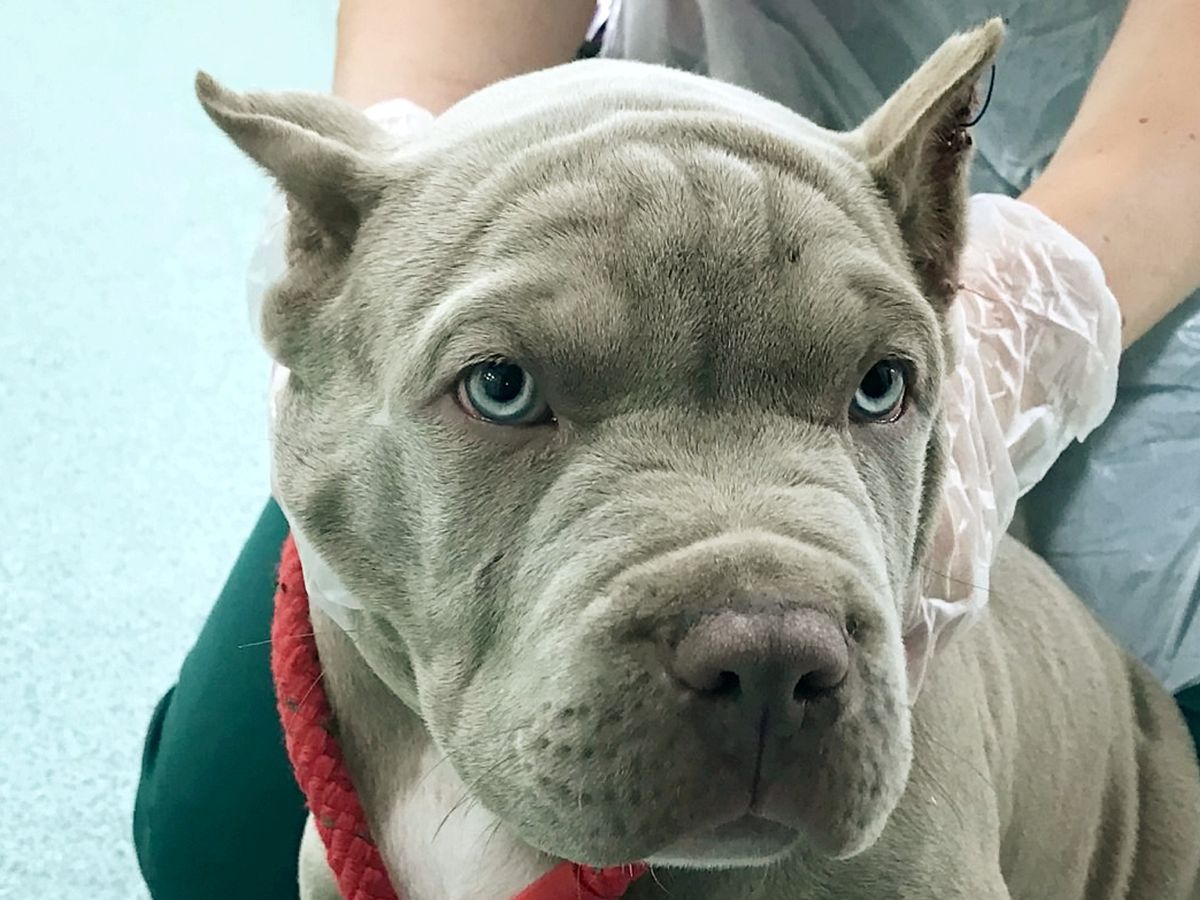
The elective procedure in dogs could appear odd, but that’s precisely what purebreds go through soon after birth. Two surgical procedures that involve ear reshaping as well as Tail docking for tail docking have been in use for a long time for certain breeds such as Dobermans, German shorthaired pointers and Schnauzers. However, an increasing number of experts and animal groups argue that just because something’s commonplace doesn’t mean it’s acceptable.
What It Involves
Docking, which is the removal of a portion or all of the pet’s tail, typically using surgical scissors, is usually done when a dog is only one or two days old, and their tail is “soft.” This surgery is also referred to in the form of “bobbing.”
“Docking’s usually performed by a veterinarian or breeder without anesthesia, the rationale being that although it certainly causes pain, the puppy isn’t fully alert yet and won’t remember it,” Emily Patterson-Kane, PhD, a welfare researcher at the American Veterinary Medical Association (AVMA). Patterson-Kane isn’t a fan of the procedure herself.
Cropping, which is taking off the loose portion of the ear of a dog typically performed by anesthetized pets between 6 and 12 weeks of age. Ears are then taped to a surface for a few weeks as they heal to ensure they stay straight.
Why Some Think It’s a Bad Idea

(RSPCA / SWNS)
Tail docking is prohibited in many areas of the world The practice is banned in many countries, including Australia in the U.K. Within the U.S., these procedures are not regulated, which means they aren’t banned or restricted. However, they’re extremely controversial. New York and Vermont have looked at legislation that would prohibit the practice, but neither state has yet to do so.
The American Kennel Club (AKC) states that the methods can be “integral to defining and preserving breed character” in some breeds. However, they also say that the American Veterinary Medical Association (AVMA) is against cropping and docking. “The most popular reason for docking and cropping is to give dogs an appearance. This means that it can pose unnecessary risk,” Patterson-Kane says.
Tails that are docked can also grow a the nerve cancer. This could cause pain and can make your dog angry if their tail gets touch. Research shows that dogs convey emotions like excitement and anger by waving their tails which is why the docking “may interfere with your dog’s ability to interact with other dogs,” states Andy Roark, a veterinarian at Cleveland Park Animal Hospital in Greenville, S.C.
Unclear Benefits
While docking and cropping are generally done for the sake of appearance Many breeders and owners claim that removing farm and hunting dogs’ tails can protect them from injuries in the chase or during herding. Others believe that docking prevents dogs that are active, such as boxers, from causing injury to their tails by hitting their heads against the wall or crates. Certain owners believe that ear cropping reduces the risk of getting infections.
James Serpell, PhD, director of James Serpell, PhD, director of the Center for the Interaction of Animals and Society at the University of Pennsylvania, argues that docking the ear itself can be considered to be a harm. However, Serpell claims that “research shows that an intact tail is unlikely to become injured, and if it does, injuries are usually minor and heal easily.” Research has shown that around 80 percent of dogs will not suffer from ears infections, “and the breeds that are most likely to get them, such as cocker spaniels and poodles, don’t get their ears docked,” Patterson-Kane explains.
Falling Out of Fashion
Vets have said both procedures and especially ear cropping is becoming less popular. “I’ve worked with nearly 40 animal doctors during my career, and I know maybe two who perform crops,” Roark adds. Banfield Pet Hospital, the most extensive network of animal hospitals across the U.S., no longer does crops or docking. In addition, the AKC states that dogs who do not have docks or cropping are just as likely to be successful at dog shows.
“We’re witnessing a dramatic shift within American the dog’s culture. It’s not unusual to see schnauzers with ears that are cropped and boxers with lengthy tails” Roark says.
Remember: An alteration Is an Option
If you’re thinking of buying a dog that is often docked or cut consider whether the risk and the pain my dog might endure are worth the risk. “When I bring surgery up with [potential pet owners], many don’t even realize it’s a choice,” Roark states. If you’re purchasing your dog from a breeder or a pet store, make sure they’re aware when the puppy is born if you do not want your puppy to be docked Serpell suggests.
You can also avoid the question completely by adopting an older dog.